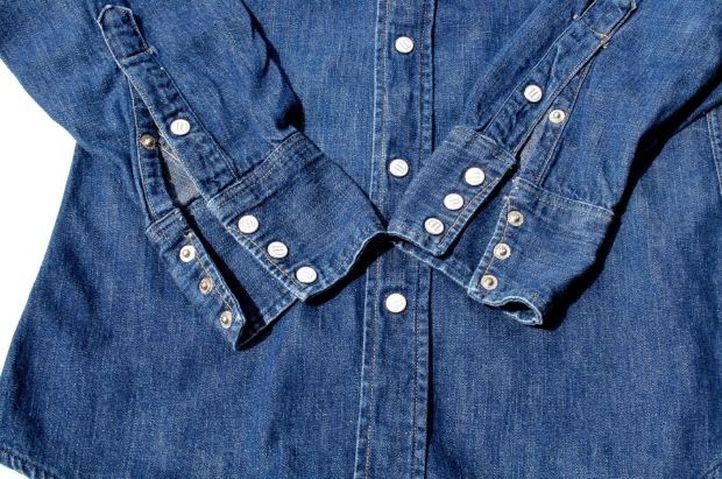The history of buttons is intriguing. What’s even more interesting is the reason behind their different placement on shirts for men and women. From horses to babies to Napoleon, each theory is more interesting than the previous one.
Button up as we go through the pages of history to find out the reason behind this mystery:
1. Napoleon Bonaparte’s scheme of stopping women from mocking him.
All of his portraits have his right hand tucked into the coat which could only be achieved if the buttoning was from left to right. It is said that women used to stick their hand in just like he did, mimicking & mocking him. He then ordered all women’s clothing to have buttons on the opposite side so that they could no longer do that.
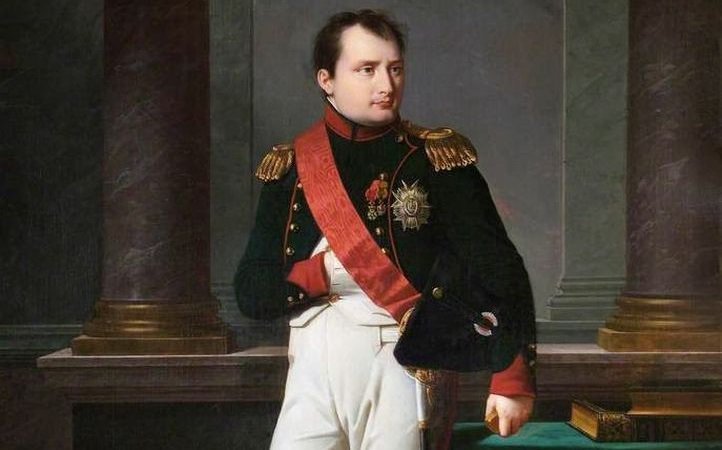
2. Women were dressed by servants and men dressed themselves.
While men usually dressed themselves when it came to dressing, women in yesteryears had servants to do that for them. Since servants were mostly right-handed, it was easier for them to have the buttons on the left.
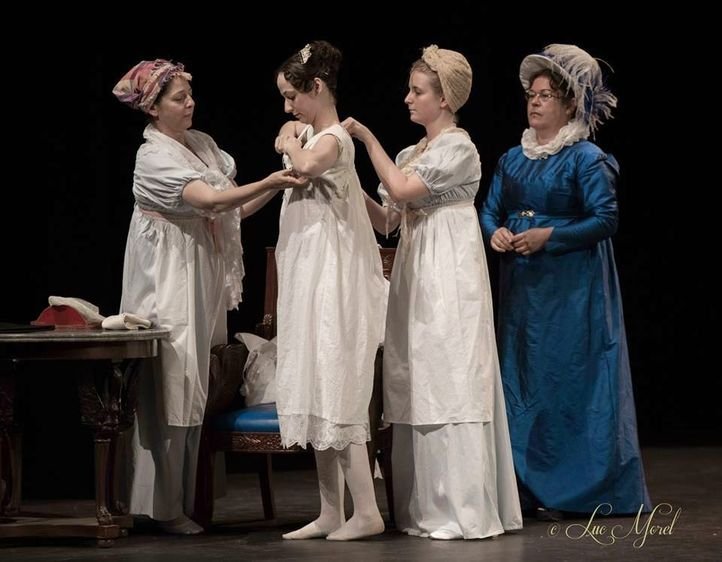
3. Men held swords in their right hand while women held babies in their left.
It was easy for men to unbutton their upper-wear with their left hand as their right was preoccupied with a sword, especially during warfare. As for women, they held babies in their left hand to keep their right hand free for unbuttoning their top to allow babies to breast feed.

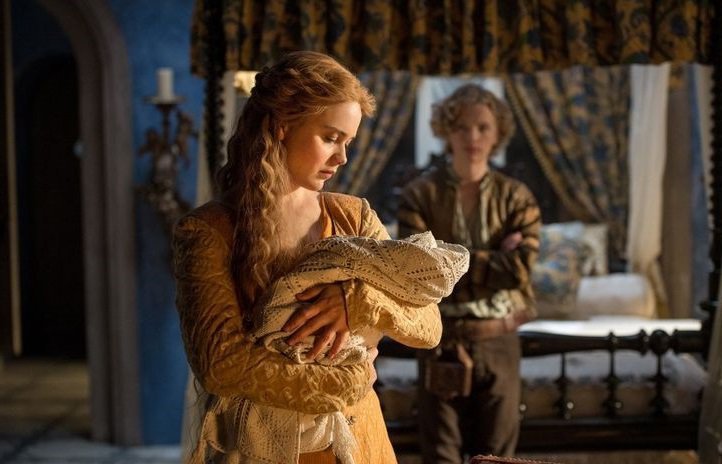
4. Women rode sidesaddle on the horse while men sat astride.
While heading into combat, men sat astride and rode on the left side of the road so that they could use their right hand to hold swords. They would draw these swords from their left hip and the left side had to overlap the right to prevent the hilt of the sword from getting stuck in the coat or shirt. Women, on the other hand, sat sidesaddle to the left, like they do on cycles and bikes these days. Buttoning on the left did not allow any wind to enter into their shirts.
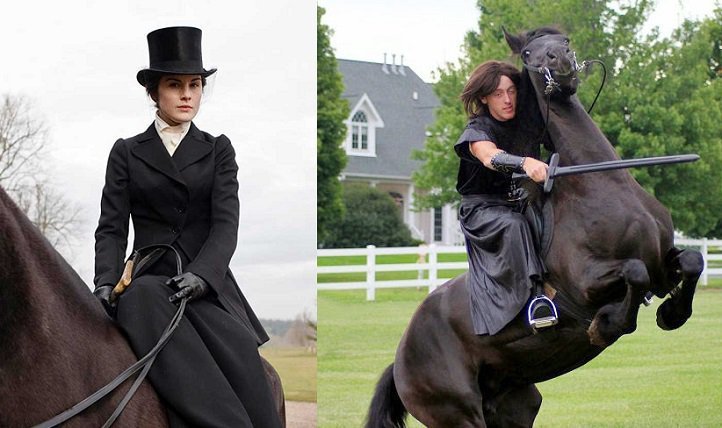
5. Women wanted to prove they are equal to men and different as well.
Another theory says that to prove that women are equal to men, many features of men’s clothing were borrowed by them. But they did want to put in a few changes to indicate that they are different too. Hence, buttons on opposite sides.
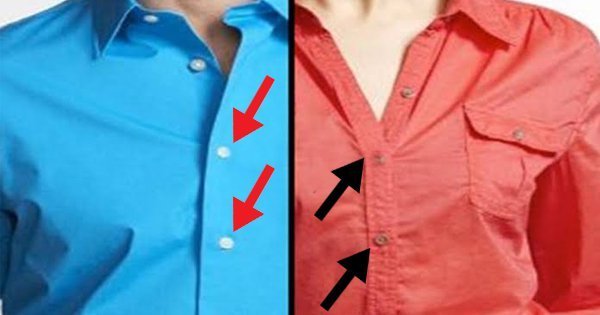
6. Manufacturers & producers wanted to keep this difference.
When shirts for both sexes went into mass production, such minor changes are what identified the difference between male and female clothing.
